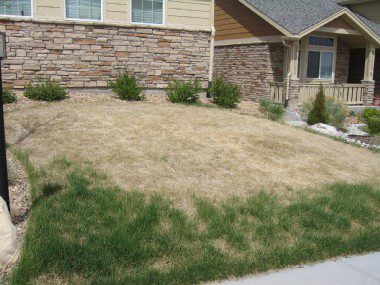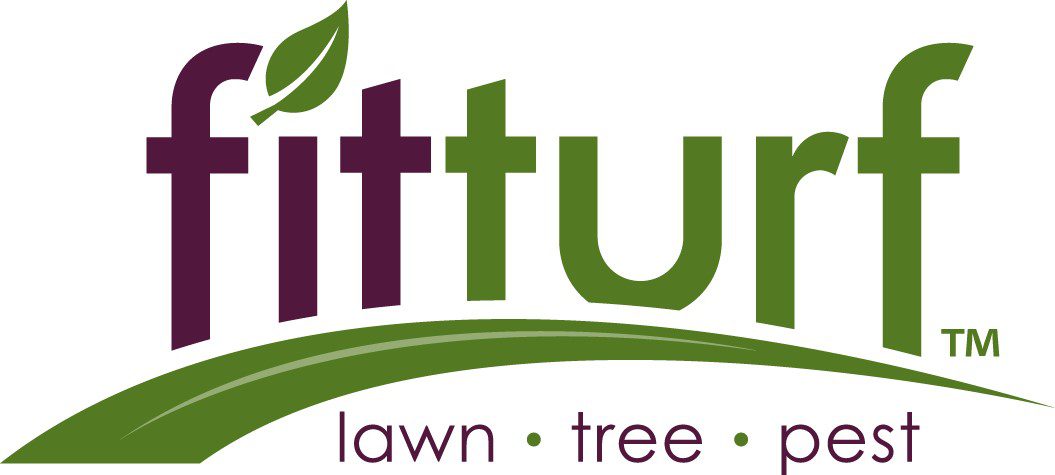Winter Mites: An Invisible Menace

Learn how you can spot winter mites before they wreak havoc on your lawn with Fit Turf’s service. You’ll be glad you did.
It might seem as if your lawn isn’t faring well as a result of the winter weather. But those swaths of barren, seemingly deforested areas of your lawn may be the handy work of a tiny terror that’s right at home in Colorado greenspaces: winter mites. They’re active year-round, but it’s likely you won’t notice the winter mite activity until the weather turns cold and their young hatch from their eggs with a hunger for your grass.
Though they’re hard to see, winter mites aren’t invisible. You can use a magnifying glass to play detective and scour your lawn for the presence of them. Spring is the best time of year to look for winter mites and consider pest control, as this is the season during which they’re busying laying eggs in countless Denver lawns. And the best time of day to look for them is during daylight hours.
To find them, check the bases of blades of grass for tiny black spots. If those black spots have shiny bodies with spindly orange legs, you have a problem on your hands. And if you found these black and orange critters during the spring and summer months, you have plenty of time to mitigate them before they do serious damage.
Consider fall your last call to mitigate the mites before they go to work, but that doesn’t mean you should accept defeat if you fail to notice them until they begin to clear your lawn. Our experts at your local Fit Turf are native Coloradans, with two Metro Denver locations, and are no strangers to winning back your lawn from winter mites.
Though their young incubate during the warmest months of the year and hatch during the coldest season, winter mites actually thrive in humid and unseasonably warm winters. But while those cold Colorado winters might slow them down, don’t count frigid weather to stop them from feasting on your lawn when they hatch.


